Connecticut storms are unpredictable. Our response isn’t.
Hurricanes from the south. Nor’easters from the Atlantic. Heavy, wet snow. Sudden microbursts. Mature trees meet dense neighborhoods and coastal winds. It’s a beautiful state — and a tough place for trees.
The National Weather Service (NYC/CT Office) tracks frequent thunderstorm days and recurring coastal wind events across southern CT. Inland towns face ice storms and snow loads that snap limbs. We plan for both.
Our teams are staged across CT for faster arrival — even when roads are closed and the power’s out.
Field insight:
Clay-heavy soils + saturation + wind = higher windthrow risk. We use ground mats, precision rigging, and cranes to control every cut and prevent secondary damage.
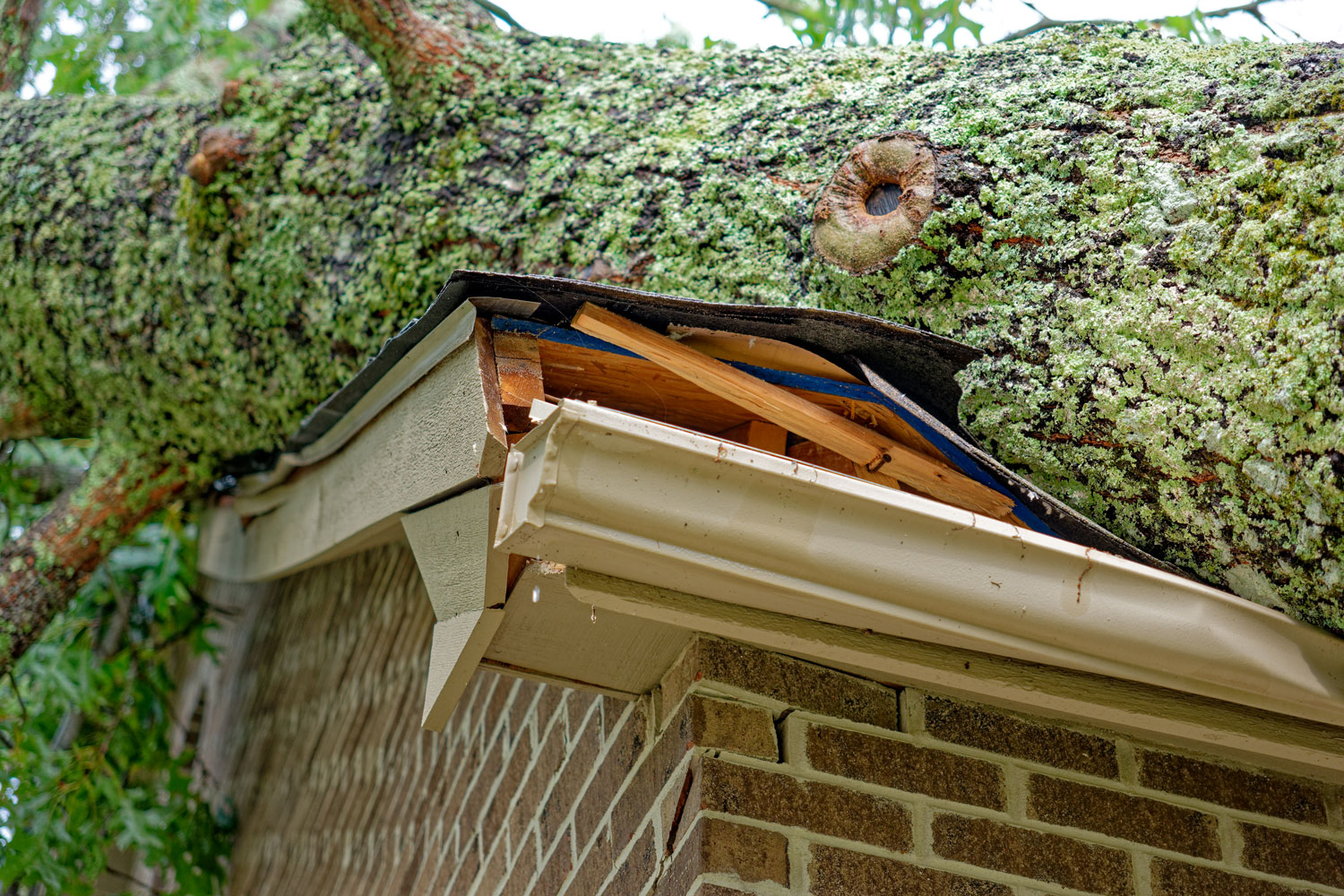
Statewide storm response — roof protected, driveway reopened, same-day
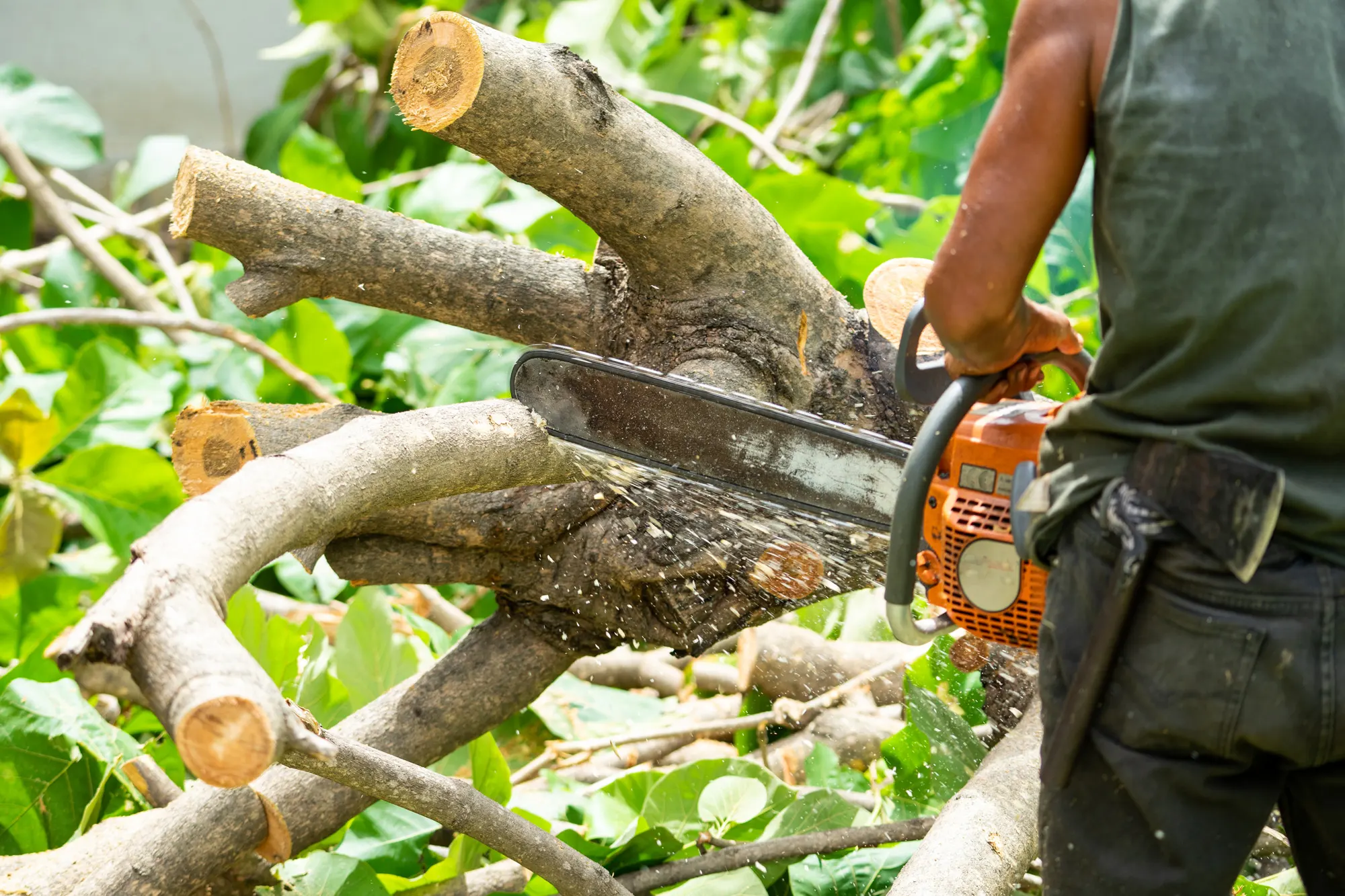
We respond in minutes, not hours
Our network of certified arborists is on standby 24/7 to handle any tree emergency. From fallen trees to dangerous limbs, we provide rapid response to protect your property.
Why Choose Us
- Certified Experts
All our arborists are certified and fully insured
- Rapid Response
Average response time under 30 minutes
- Insurance Specialists
We handle all insurance paperwork for you
Emergency Tree Services Across Connecticut
One call handles it — tree on a roof, blocked egress, tangled in lines, or leaning over bedrooms.

Emergency Tree Removal
Rapid removal of fallen or dangerous trees threatening your property
Learn more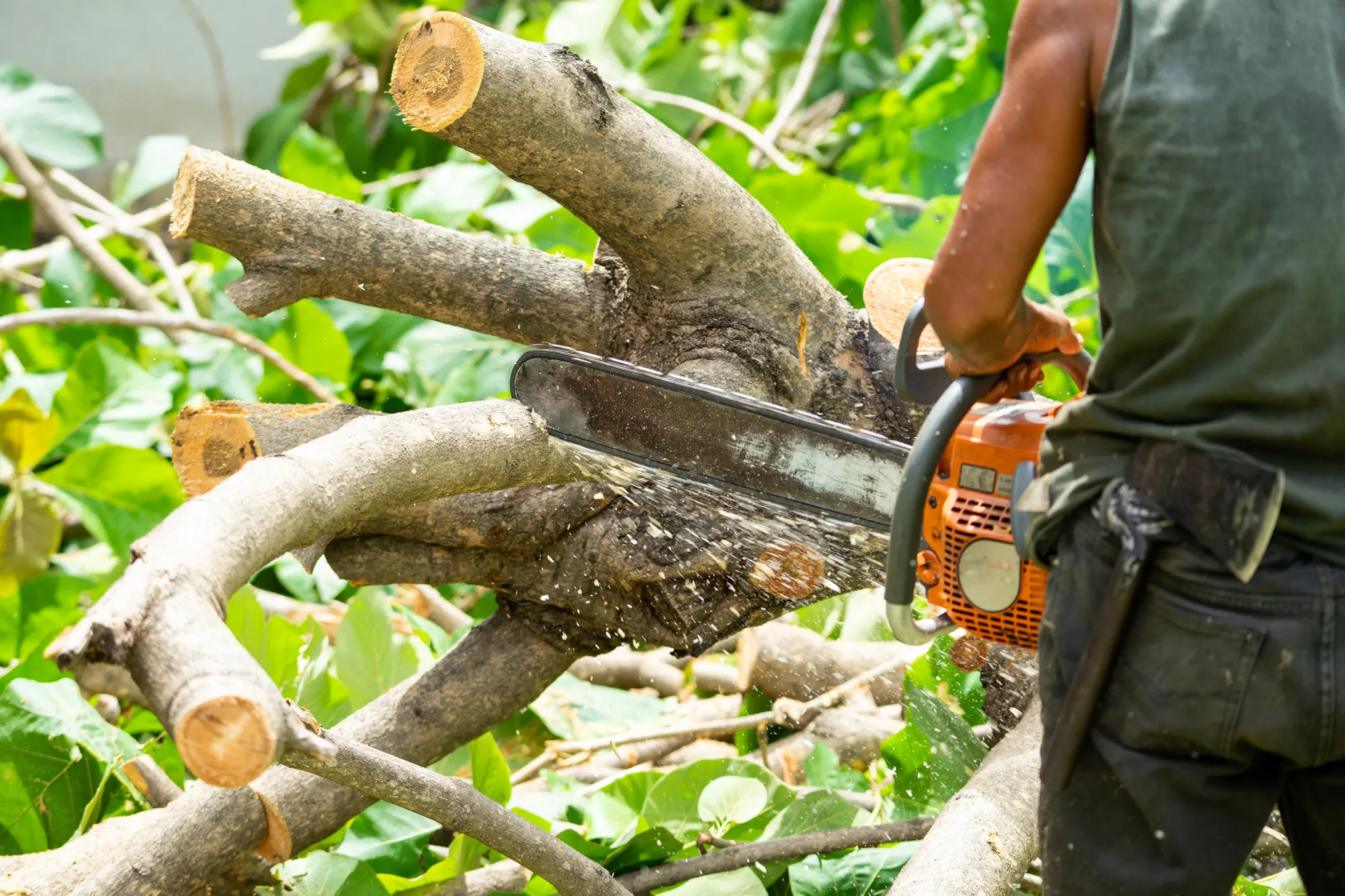
Storm Damage Response
Immediate cleanup after storms, including fallen limbs and damaged trees
Learn more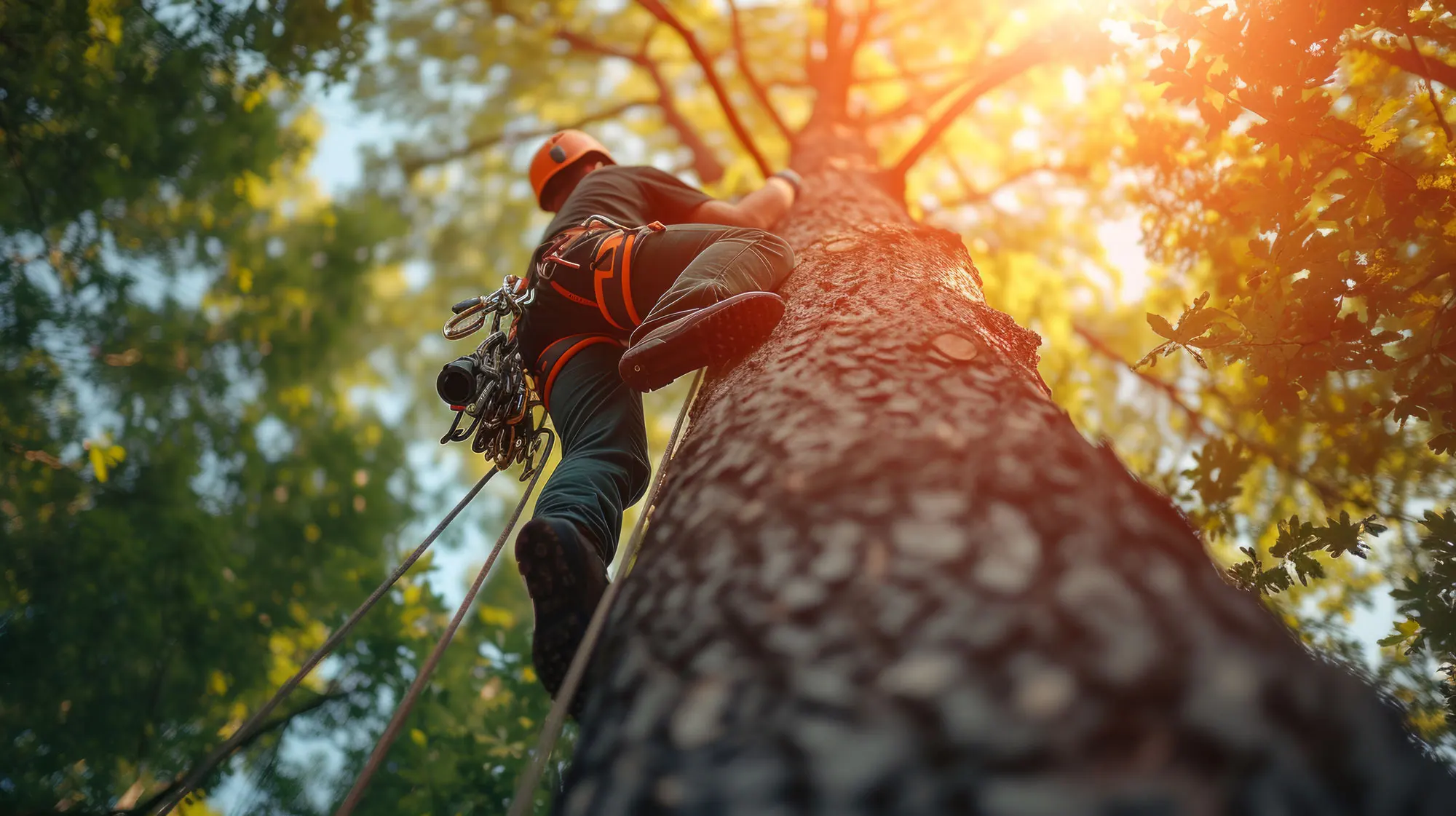
Hazard Assessment
Professional evaluation of potential tree hazards before they cause damage
Learn more
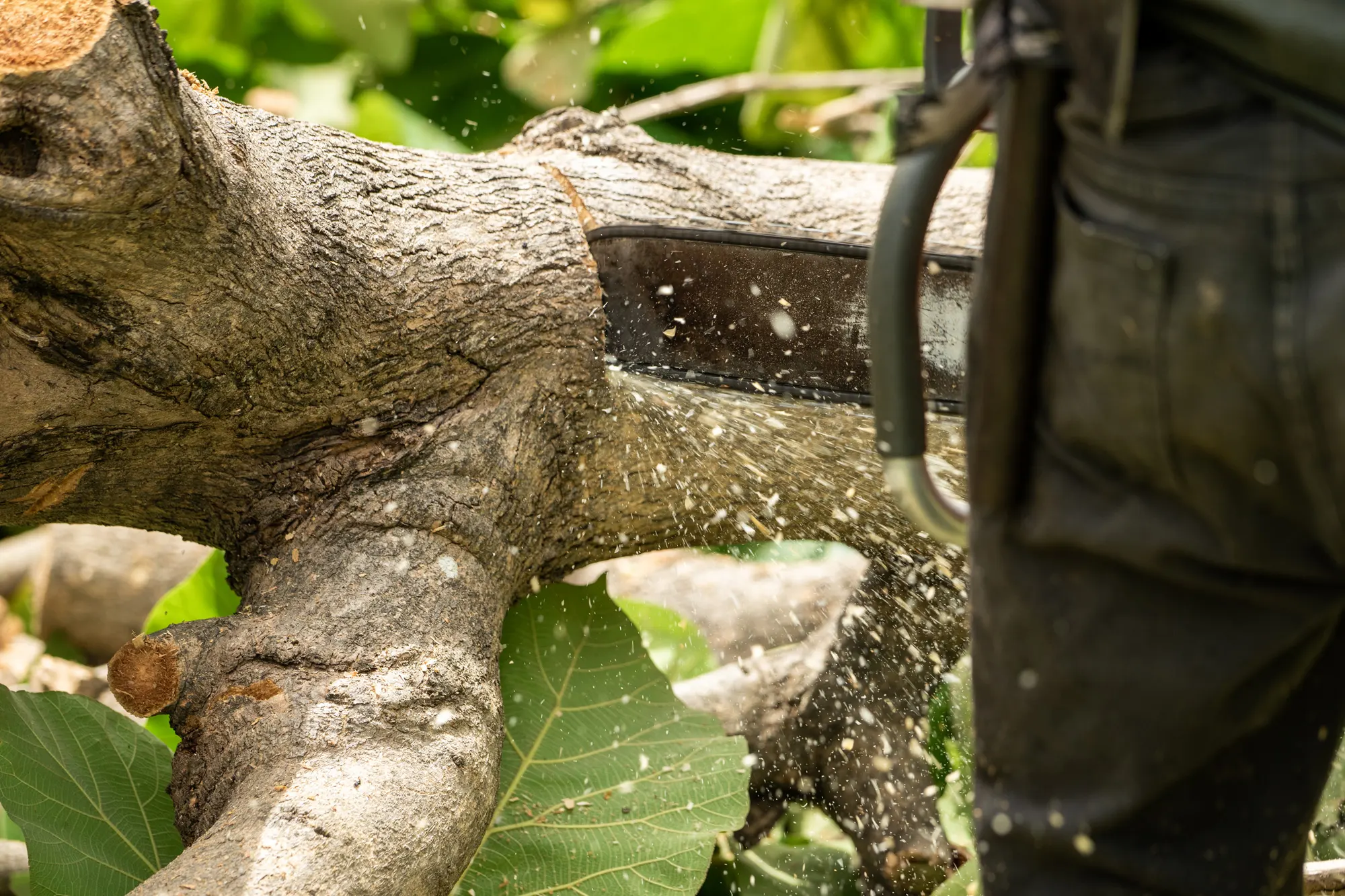

Our Connecticut Emergency Response Process
Clear steps. Fast action. Zero guesswork. Here’s how we get you safe again.
How We Handle Your Tree Emergency
Our streamlined process ensures quick response and efficient resolution of your tree emergency
Step :Emergency Call
Call our Connecticut hotline at (866) 320-7003. We’re live 24/7 — hurricanes, nor’easters, microbursts, you name it.
Step :Rapid Response
We dispatch crews statewide. Typical emergency arrival is 1–2 hours, even during widespread storm events.
Step :Safety Assessment
A certified arborist evaluates structure risk, root plate heave, lean, and line proximity to plan a safe, efficient removal.
Step :Professional Removal
Advanced rigging and crane-assisted picks prevent secondary damage — critical in tight neighborhoods and coastal lots.
Step :Property Protection
Ground mats, spotters, controlled lowering, and staging plans to protect lawns, drives, septic fields, and hardscapes.
Step :Complete Cleanup
Chipping, bucking, debris haul-away — or neatly stacked wood if you prefer. We follow CT DEEP and local guidelines.
Step :Insurance Assistance
We document damage (photos, measurements, arborist notes) and coordinate with your carrier to help speed claim approval.
Common Tree Challenges in Connecticut
Each species fails differently under stress. Knowing the patterns lets us remove hazards without creating new ones.
Red Maple
Limb failure in wind + saturated soil; monitor included bark at unions
White Oak
Heavy scaffold limbs can fail under wet snow and ice loads
Eastern Hemlock
Hemlock woolly adelgid weakens branches; brittle under ice
American Beech
Dense canopy and shallow roots increase windthrow risk
Tulip Poplar
Very tall with shallow roots; frequent windthrow/lightning strikes
Connecticut Tree Regulations
CT has no county government; tree rules are set by towns and the state. Street trees and public right-of-way removals often require approval by a local Tree Warden or DPW. We handle coordination and permitting where required.
Helpful links: CT Department of Energy & Environmental Protection (DEEP) and town portals such as CT.gov directory for quick access to local regulations.
Private property emergency removals (immediate hazards or trees already down) are typically permitted promptly; we’ll advise based on your town’s policy.
Connecticut Areas We Serve
Coast to countryside — we dispatch statewide: coastal neighborhoods, inland hills, cul-de-sacs, and tight city streets.
Fairfield
Westport
Norwalk
Stamford
Bridgeport
Greenwich
Darien
New Canaan
Wilton
Ridgefield
New Haven
Hamden
Milford
Branford
Guilford
West Haven
Wallingford
Meriden
Cheshire
Hartford
West Hartford
Glastonbury
Wethersfield
Newington
Bloomfield
East Hartford
New London
Groton
Mystic
Stonington
Old Saybrook
Middletown
Middlesex County
Litchfield
Torrington
New Milford
Canton
Tolland
Vernon
Mansfield
Windham
Putnam
Don’t see your town? We cover the entire state. Call us to confirm.
What Connecticut Homeowners Say
Fast. Safe. Meticulous cleanup. That’s our standard — every single time.
Client Testimonials
Trusted by homeowners, businesses, and insurance companies nationwide

Samantha Price
"A nor’easter snapped a maple onto our fence and blocked the driveway. 1 Tree Emergency arrived fast, staged mats, and cleared the mess without tearing up the yard. Flawless from start to finish."

Jonathan Lee
"They handled everything: removal, cleanup, and insurance photos. The crew worked safely around service lines and left the site spotless. Couldn’t ask for better."

Olivia Bennett
"Two courtyards down, access restored by morning. Communication was excellent, and they protected pavers and planting beds the whole time."
Connecticut Storm Resources
Stay informed and handle outages safely. Bookmark these:
Connecticut Tree Care: Practical Steps to Prevent Storm Damage
Prevention pays. A one-hour inspection today can save a roof tomorrow. Start here:
Seasonal Maintenance
Spring: Inspect after freeze-thaw; look for splits, hanging limbs, and heaving roots.
Summer: Treat pests (HWA on hemlock), prune storm damage, reduce end-weight on long leaders.
Fall: Prune and cable where appropriate before heavy, wet snow and ice.
Risk Assessment
Watch for lean, fungus at the base, cracks, or soil heave — all signs of structural compromise.
Check clearance over roofs, driveways, and play areas. Reduce end-weight where needed.
Schedule a hazard assessment if a tree sits within fall distance of your home or service lines.
Frequently Asked Questions: Connecticut Tree Emergencies
How fast can you respond statewide in CT?
For immediate hazards (on a structure, blocking egress, power risk), we typically arrive within 1–2 hours — even during major events. Lower-risk calls are triaged by safety, but we aim for same- or next-day service.
Do I need a permit to remove a fallen or hazardous tree?
Emergency removals for immediate hazards are generally allowed promptly. Street trees or regulated zones may require approval via your town’s Tree Warden/DPW. We’ll advise and handle coordination.
Will insurance cover emergency tree removal in Connecticut?
Most policies cover removal when an insured structure (home, garage, fence) is damaged. If a tree falls without structural damage, coverage varies. We document thoroughly and coordinate with your carrier to help speed approval.
What should I do if a tree hits or touches power lines?
Stay back at least 50 feet and call your utility (Eversource or United Illuminating). Don’t approach fences or pooled water that could be energized. Once utilities secure the scene, we proceed safely.
How do you prevent property damage during removal?
We deploy ground mats, assign spotters, and rig or crane sections away from structures. We stage every cut to protect roofs, decks, masonry, and plantings. Precision matters — we act like it’s our home.
Request Emergency Tree Service in Connecticut
We’re available 24/7 anywhere in CT — coastal towns, inland suburbs, and rural hill country.
Get in Touch
Our team is available 24/7 to respond to your emergency or answer any questions
Contact Information
Location
254 Prospect Ave, Hartford, CT, 06106
Serving clients nationwide